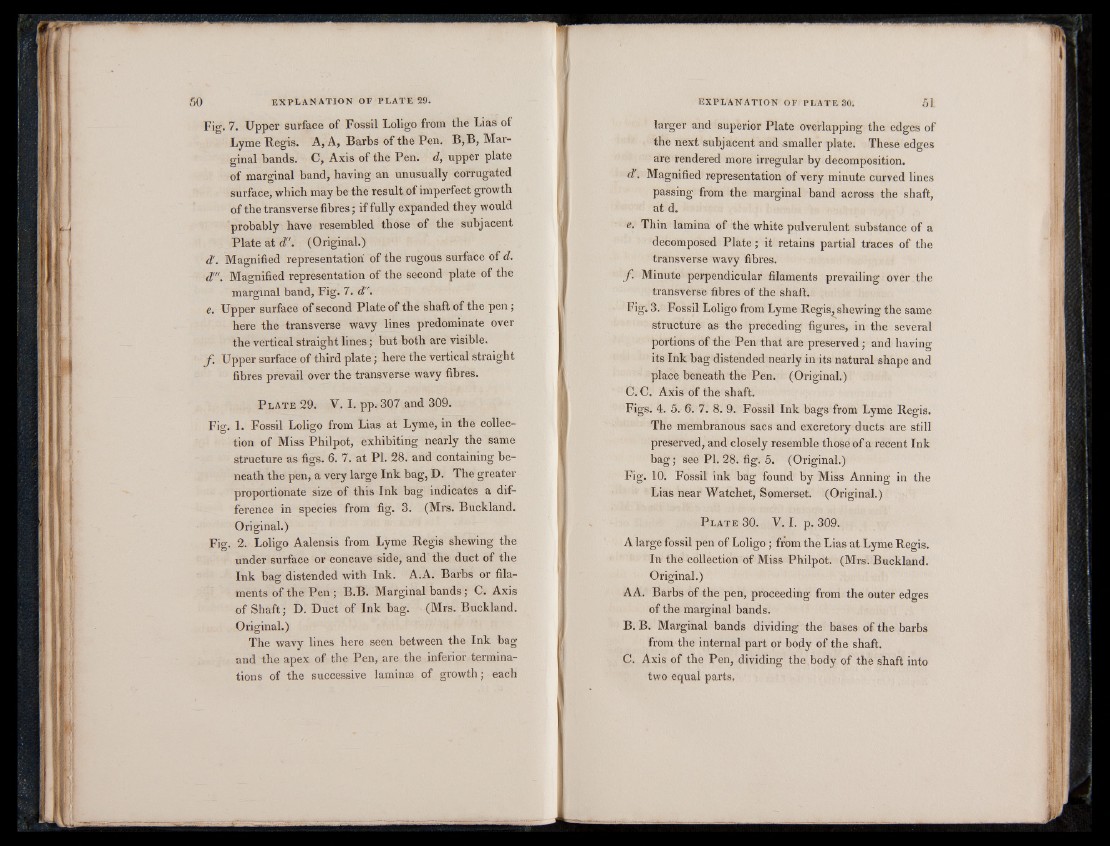
Fig. 7. Upper surface of Fossil Loligo from the Lias of
Lyme Regis. A, A, Barbs of the Pen. B,B, Marginal
bands. C, Axis of the Pen. d, upper plate
of marginal band, having an unusually corrugated
surface, which may be the result of imperfect growth
of the transverse fibres; if fully expanded they would
probably have resembled those of the subjacent
Plate at d". (Original.)
d'. Magnified representation of the rugous surface of d.
d'". Magnified representation of the second plate of the
marginal band, Fig. 7. d".
e. Upper surface of second Plate of the shaft of the pen;
here the transverse wavy lines predominate over
the vertical straight lines; but both are visible.
ƒ. Upper surface of third plate; here the vertical straight
fibres prevail over the transverse wavy fibres.
P late 29. V. I. pp. 307 and 309.
Fig. 1. Fossil Loligo from Lias at Lyme, in the collection
of Miss Philpot, exhibiting nearly the same
structure as figs. 6. 7. at PI. 28. and containing beneath
the pen, a very large Ink bag, D. The greater
proportionate size of this Ink bag indicates a difference
in species from fig. 3. (Mrs. Buckland.
Original.)
Fig. 2. Loligo Aalensis from Lyme Regis shewing the
under surface or concave side, and the duct of the
Ink bag distended with Ink. A.A. Barbs or filaments
of the Pen ; B.B. Marginal bands; C. Axis
of Shaft; D. Duct of Ink bag. (Mrs. Buckland.
Original.)
The wavy lines here seen between the Ink bag
and the apex of the Pen, are the inferior terminations
of the successive laminse of growth; each
51
larger and superior Plate overlapping the edges of
the next subjacent and smaller plate. These edges
are rendered more irregular by decomposition.
d'. Magnified representation of very minute curved lines
passing from the marginal band across the shaft,
at d.
e. Thin lamina of the white pulverulent substance of a
decomposed P late; it retains partial traces of the
transverse wavy fibres.
f . Minute perpendicular filaments prevailing over the
transverse fibres of the shaft.
Fig. 3. Fossil Loligo from Lyme Regis, shewing the same
structure as the preceding figures, in the several
portions of the Pen that are preserved; and having
its Ink bag distended nearly in its natural shape and
place beneath the Pen. (Original.)
C. C, Axis of the shaft.
Figs. 4. 5. 6. 7. 8. 9. Fossil Ink bags from Lyme Regis.
The membranous sacs and excretory ducts are still
preserved, and closely resemble those of a recent Ink
bag; see PI. 28. fig. 5. (Original.)
Fig. 10. Fossil ink bag found by Miss Anning in the
Lias near Watchet, Somerset. (Original.)
P late 30. V. I. p. 309.
A large fossil pen of Loligo; from the Lias at Lyme Regis.
In the collection of Miss Philpot. (Mrs. Buckland.
Original.)
AA. Barbs of the pen, proceeding from the outer edges
of the marginal bands.
B. B. Marginal bands dividing the bases of the barbs
from the internal part or body of the shaft.
C. Axis of the Pen, dividing the body of the shaft into
two equal parts.